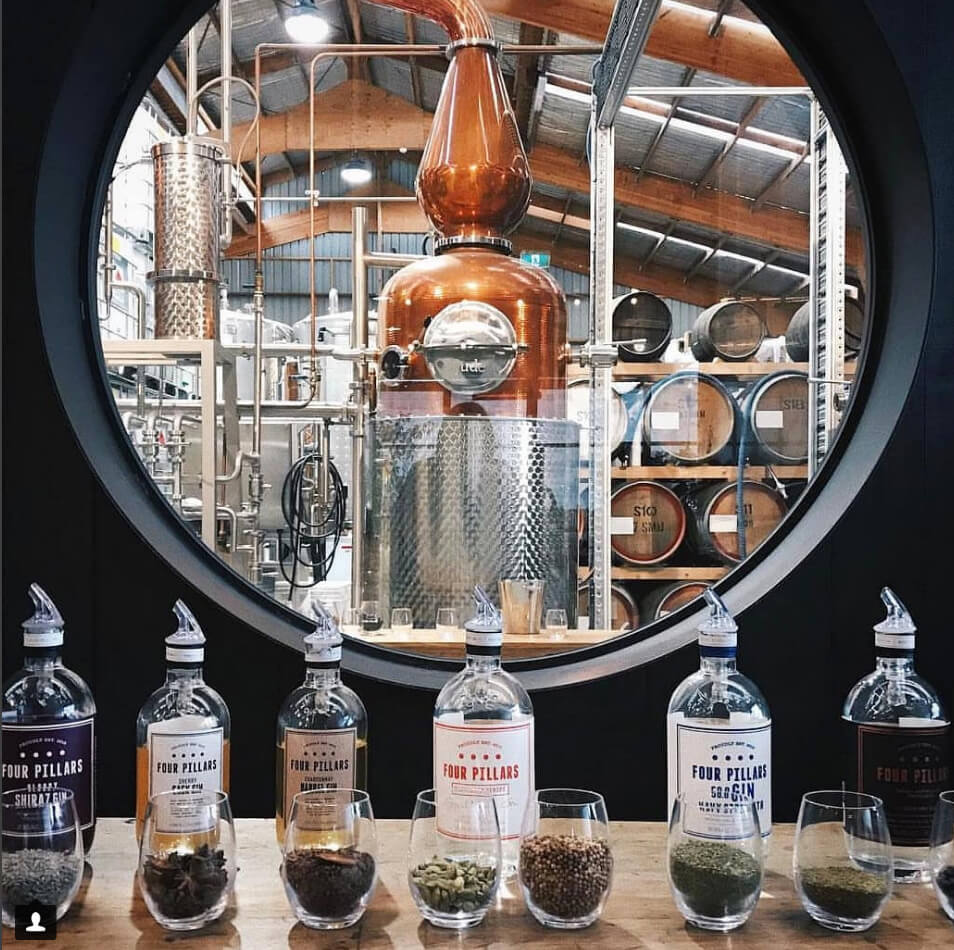Are you searching for the best gin brand? If so then there are various brands to choose from, including the liquor manufacturer Applewood Distillery. A Dutch physician is often credited with creating gin in the 1600s, according to wisegeek. Other experts claim that Italians invented gin. Today it has become one of the world’s most popular alcoholic drinks, with different varieties, including distilled and dry.
When selecting a gin distillery, here are some factors to take up:
Distilling Experience
The process of manufacturing liquor, like gin, requires a significant amount of knowledge and experience. One factor is the amount of experience the founders and employees have. This will help deliver a higher-quality product.
You should also weigh how long the distillery itself has been operating. In general, consider companies that have been in the industry for several years and even about a decade or so, for example.
Gin Varieties
It is vital to know the basics about a gin. Gin varieties include distilled and dry gin. Distilled gin can include natural or artificial flavours, which are added after the distillation process.
Meanwhile, another popular variety is dry gin, which contains no artificial flavours. They only contain natural flavours from the plant-based ingredients. If the gin tastes sweet, it is likely due to natural ingredients like licorice.
Another popular type of gin is “navy” gin. This is a strong yet smooth variety that is also popular among gin connoisseurs. It is flavoured with natural ingredients like limes and ginger, and is used for cocktails.
Company Certification
Today various official certifications are available to businesses. This helps to verify bottled gin meets industry standards, for example. However, various certification types exist.
In the case of B-Certification, for example, the company is required to balance “purpose and profits.” They must make decisions based on how they will affect workers, community, environment, etc.
Distilling Methods
Today gin is distilled using various methods, although the main ones include:
Column: Produces a concentrated spirit that is redistilled with juniper berries
Pot: Made by distilling fermented malt wine
Compound: Natural ingredients are added without distilling
While mass-produced gin is available on the market, many distilleries are producing craft gin by using traditional methods and in-house recipes to create a unique taste, texture, and aroma. These varieties have a higher price tag but provide a different experience than buying mass-produced spirits.
Sustainable Farming
This is a key feature of distilleries that many consumers are looking for. It involves gin manufacturers working with local farmers to ensure that the smallest possible carbon footprint is produced when making distilled gin.
Another goal of sustainability is to connect people with ingredients, land, and people. The process also reduces pollution made during gin production.
For example, potential customers can learn about a particular region’s plants, climate, and culture. This can, in turn, improve their overall experience.
Proprietary Recipes
When consuming gin, there are various ingredients that are added to produce a unique flavour. Juniper is one of the most critical botanicals added to the white liquor.
Various other herbs, fruits, and berries, etc. are also added to enhance the flavour. Some companies also produce in-house varieties inspired by factors like the region surrounding the distillery’s location.
These are just some of the main features to weigh when comparing and contrasting manufacturing plants like Applewood Distillery. Issues like the company’s ingredients, methods, and vision can help produce much more than a refreshing beverage.
Author: Ester Adams








